Media | Articles
IndyCar Series Teams Test New Hybrid System, and the Reviews Are Mixed
The NTT IndyCar Series held a test at the Indianapolis Motor Speedway last week for teams that had not yet experienced the new hybrid system that will be used in races during the second half of the season, following the Indianapolis 500 on May 26.
Participating were AJ Foyt Racing, Dale Coyne Racing, Ed Carpenter Racing, Juncos Hollinger Racing, Meyer Shank Racing and Rahal Letterman Lanigan Racing. With this test, all the IndyCar teams have now experienced the hybrid system. Reviews were mixed.
“It’s a complex system,” said Romain Grosjean, driver of the Juncos Hollinger Chevrolet. “It’s quite different. There are a lot of buttons to push.”
It’s the latest of many changes over the years to the venerable, long-lived IndyCar chassis. First introduced 12 years ago, the Dallara-designed DW12—“DW” for driver Dan Wheldon, who helped develop the car before he was killed in a crash at Las Vegas—ran its 200th race at the 2024 season-opening Grand Prix of St. Petersburg in March.
The DW12, used by both the Chevrolet and Honda teams, has undergone multiple body redesigns and safety adjustments. The addition of the hybrid system is considered a major update: Both the Motor Generator Unit (MGU) and Energy Storage System (ESS) fit inside the bellhousing, which sits between the new 2.2-liter, twin-turbocharged V-6 engine and the gearbox.
Marketplace
Buy and sell classics with confidence
One of the additional responsibilities for the driver is management of the regeneration system, which uses braking to supply more electricity to the ESS, to add more boost. There’s a manual and an automatic option for regeneration, and it will be up to the driver to fine-tune the system on track. “I think that it could change the racing, but at the same time, everyone has the same package to work with so it will be who uses it the wisest,” said Sting Ray Robb, driver for AJ Foyt Racing.
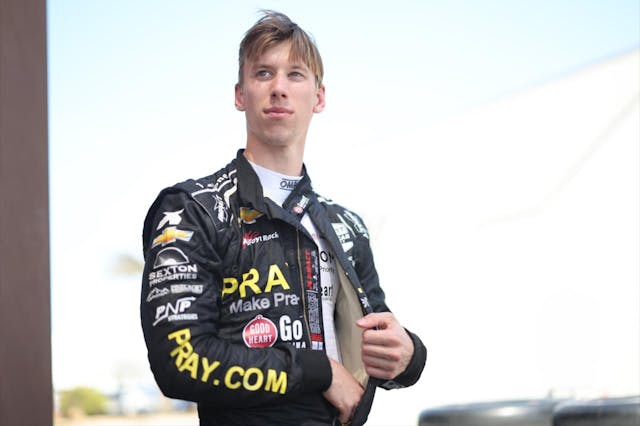
The central value of the hybrid system is that it will allow drivers to initiate a boost of power, similar to the existing “push to pass” feature, which is only allowed at certain times and on certain parts of the track. Another major improvement is that the hybrid system will allow the driver to re-start the engine should it stall, after a spin, for instance. Presently, restarting a car requires a caution flag to slow the race and allow safety crews to drive to the stalled car with a portable starter.
As you would guess, the hybrid system adds a moderate but undisclosed amount of weight. It’s expected that the car will need some new chassis tuning as a result.
The unit was developed jointly between the two engine suppliers. “The partnership between Chevrolet and Honda has been phenomenal,” IndyCar President Jay Frye said. “The IndyCar-specific hybrid power unit is dynamic and an engineering marvel, and we’re completely committed to its successful introduction.”
“I’m not fully comfortable with it, but I am very much enjoying it,” said Santino Ferrucci, who drives for AJ Foyt. “I can’t wait until we have it in the series full time.”
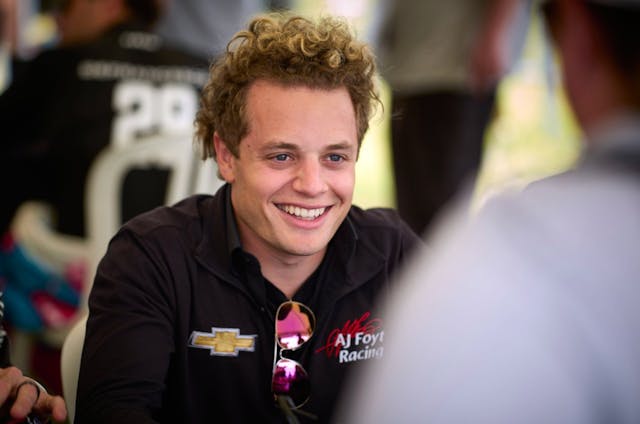
***
Check out the Hagerty Media homepage so you don’t miss a single story, or better yet, bookmark it. To get our best stories delivered right to your inbox, subscribe to our newsletters.




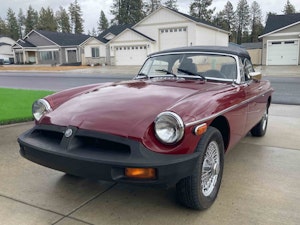
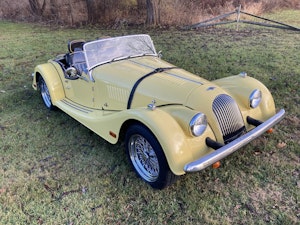
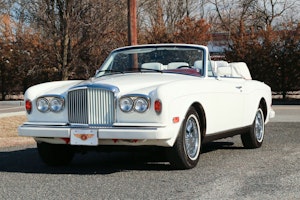







This Hybrid stuff is just goofy in racing.
It’s not my favorite, I miss all the great sounding engines of the past.
“Push to pass” sounds a lot like F1’s DRS, available only in certain times and places on the track.
I’m not a fan of that myself, as I think it makes it too easy for a driver to pass.
The flip side is having vehicles that aren’t able to pass and you watch them hold the same position until some external event, such as a bad pit stop, changes the outcome of the race. Follow-the-leader isn’t very entertaining to watch.
It’s a singular system that literally converts greater braking into added power, with the fringe benefit of the ability to be used as an on board starter. Call me goofy but I don’t see a downside.
Okay, you’re Goofy.
But I agree with you – I think this adds more than it subtracts.